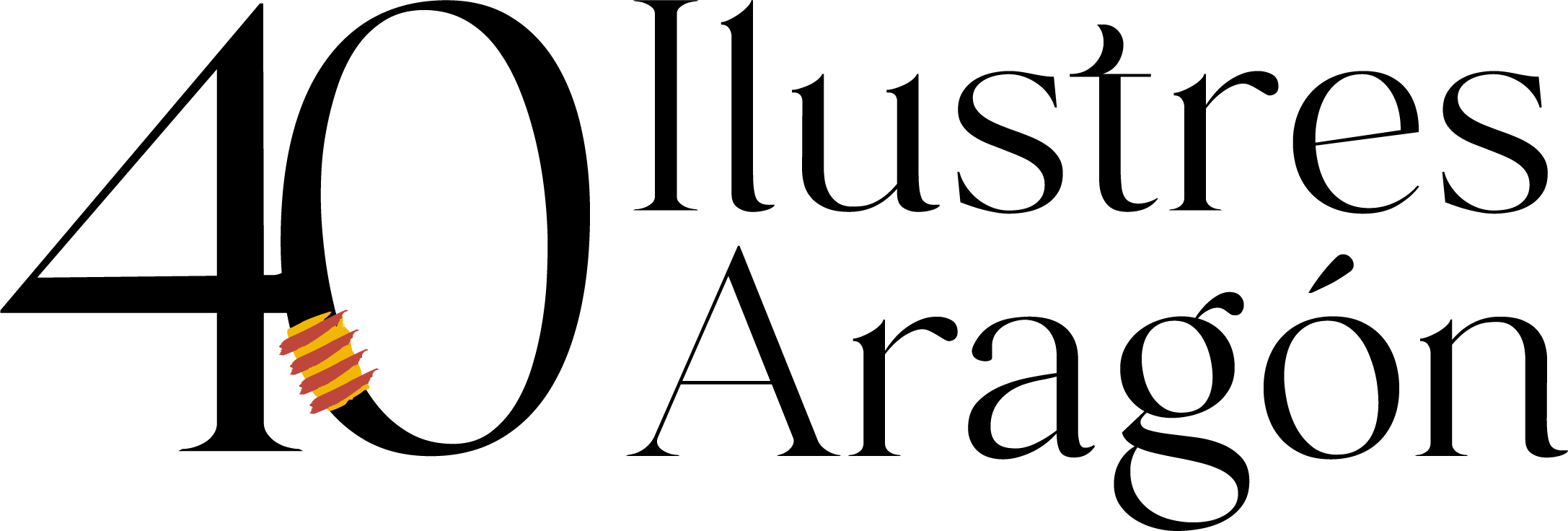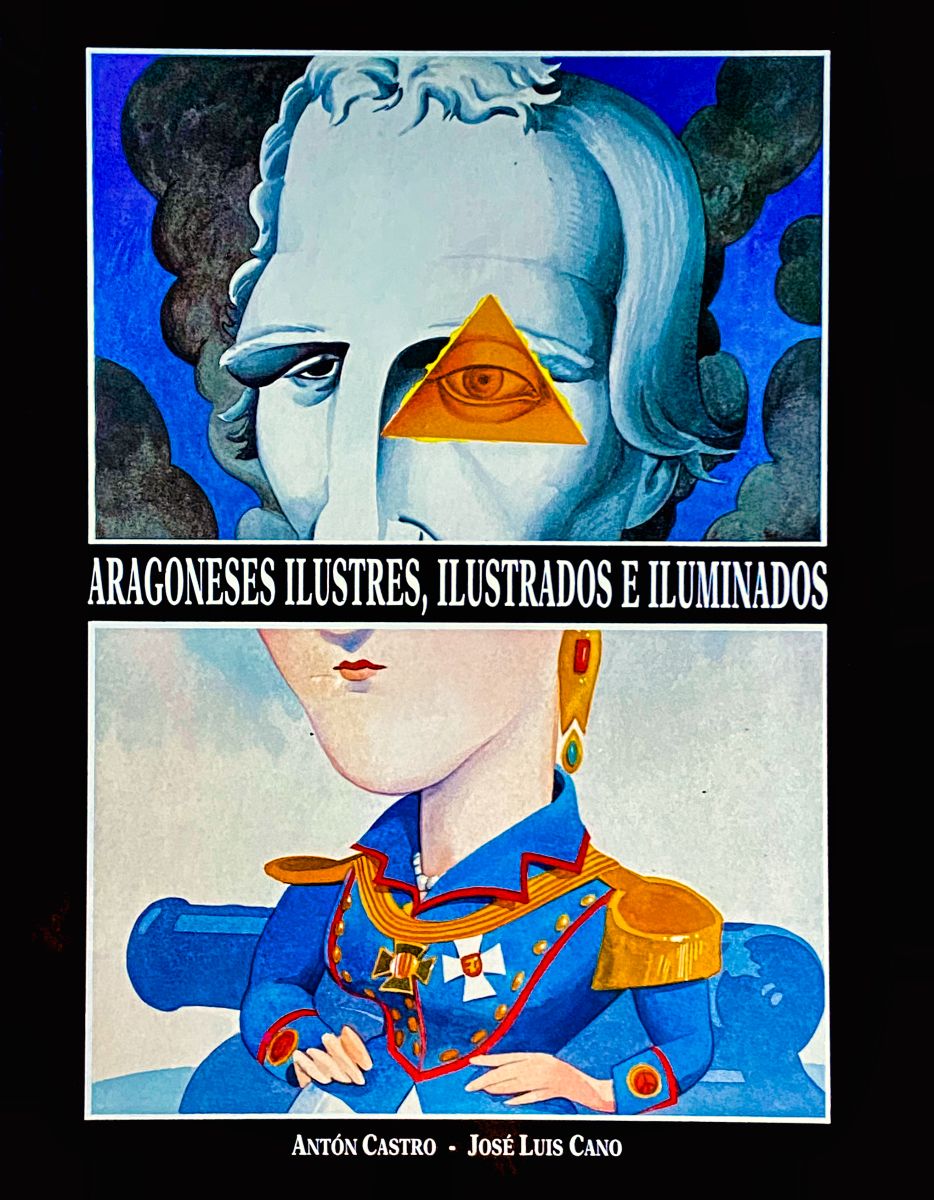Alfonso I el batallador
A life with sword in hand
¿?, circa 1073 – Poleñino, 1134
When he was a child, Alfonso did not know he was going to be king. His father, Sancho Ramírez, was king of Aragon and Pamplona, but he had several older brothers who were to inherit his titles and lands. Alfonso was the son of the monarch’s second wife, a noblewoman of French origin called Felicia de Roucy.
While the Aragonese court made its life in Jaca, a city that had risen as the capital of the kingdom thanks to an advantageous set of laws that attracted new settlers, the so-called Fuero de Jaca, and where construction had begun on a monumental cathedral, Alfonso was educated in the secluded monastery of Siresa. A nobleman, Lope Garcés, and an ecclesiastic, Bishop Esteban, ensured that he learned everything he needed to become a true feudal lord, not only in the field of arms but also in the field of letters.
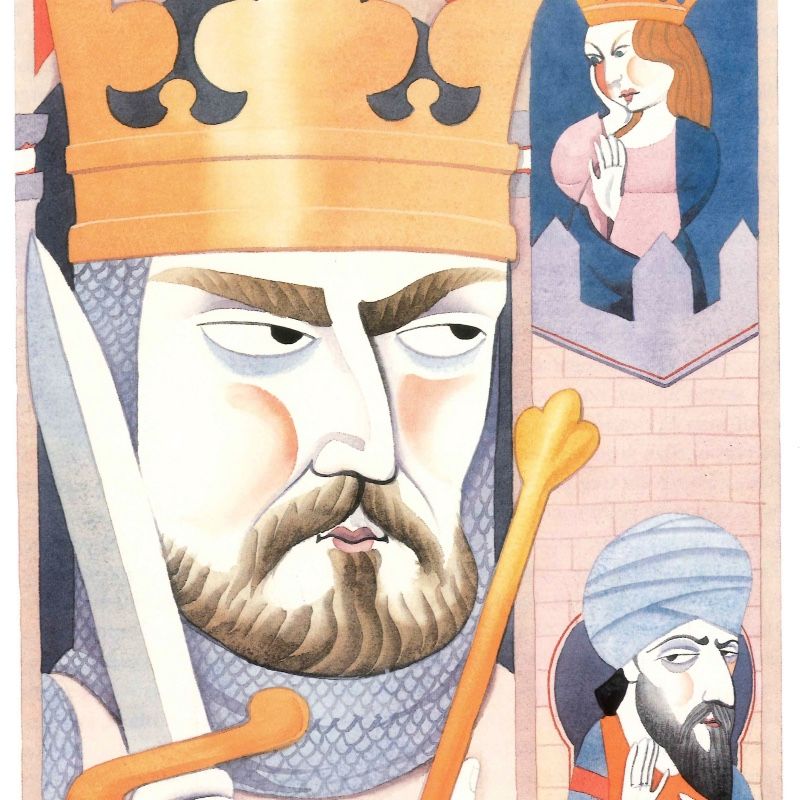
When one of his older brothers, Ferdinand, died, Alfonso inherited his duties and when his father died he became the perfect assistant to the new king, his brother Peter I. He took part in the battle of Alcoraz in 1096, a triumph that allowed the Christian conquest of Huesca, and helped the Cid in his struggles against the Valencian Muslims.
In 1104 his brother Pedro also died unexpectedly, still young and without living children, and he became the new monarch, something he had not even considered in his childhood. Once on the throne, he continued the expansion of the kingdom of Aragon to the south. He defeated the Muslims of the Taifa of Saragossa in various clashes. He conquered Ejea, Tauste and Sádaba, and threatened the capital of the Ebro.
At that time he was over thirty years old and had not yet married. It was therefore necessary to find a wife as the only solution to continue his lineage, as his younger brother, Ramiro, had entered a convent. The one chosen, in the end, was the daughter of Alfonso VI of Castile, Urraca, a widow with a son. Alfonso was interested in an alliance with the Castilians that would allow him to fight against the Muslims without worrying about such a powerful competitor.
Urraca was the heir to the Castilian throne after her only brother Sancho died at the hands of the Almoravids at the Battle of Uclés. The marriage agreements established that if the couple had an heir, he or she would be king of both Aragon and Castile. However, this did not please some of the Castilian nobility, and a cruel civil war broke out. The spouses, moreover, did not get on well. So, after a few years of clashes, the marriage finally broke up and Alfonso returned to Aragon.
His main obsession was then the conquest of Saragossa, ruled by the Almoravids after the end of the Taifa kingdom. And that was where he headed with his army and the help of Gaston de Bearn, a nobleman who had arrived from the other side of the Pyrenees and had taken part in the first Crusade, which only a few years earlier had conquered the Holy Land.
After nine months of siege, the city surrendered in December 1118. The Muslims who wanted to were allowed to leave with all their belongings and those who preferred to stay were settled in a neighbourhood outside the walled enclosure and were able to continue living with their laws, customs and religion. The surrender of Saragossa meant that other Islamic cities soon fell into Christian hands: Tudela, Tarazona, Borja, Épila, Calatayud, Daroca… The entire domain of the former Taifa of Saragossa collapsed like a house of cards and Alfonso I greatly increased the size of the small kingdom of Aragon that he had inherited. Emboldened by these victories, he led a punitive expedition to the south of the peninsula from which he returned laden with great booty, prisoners and settlers for his new possessions.
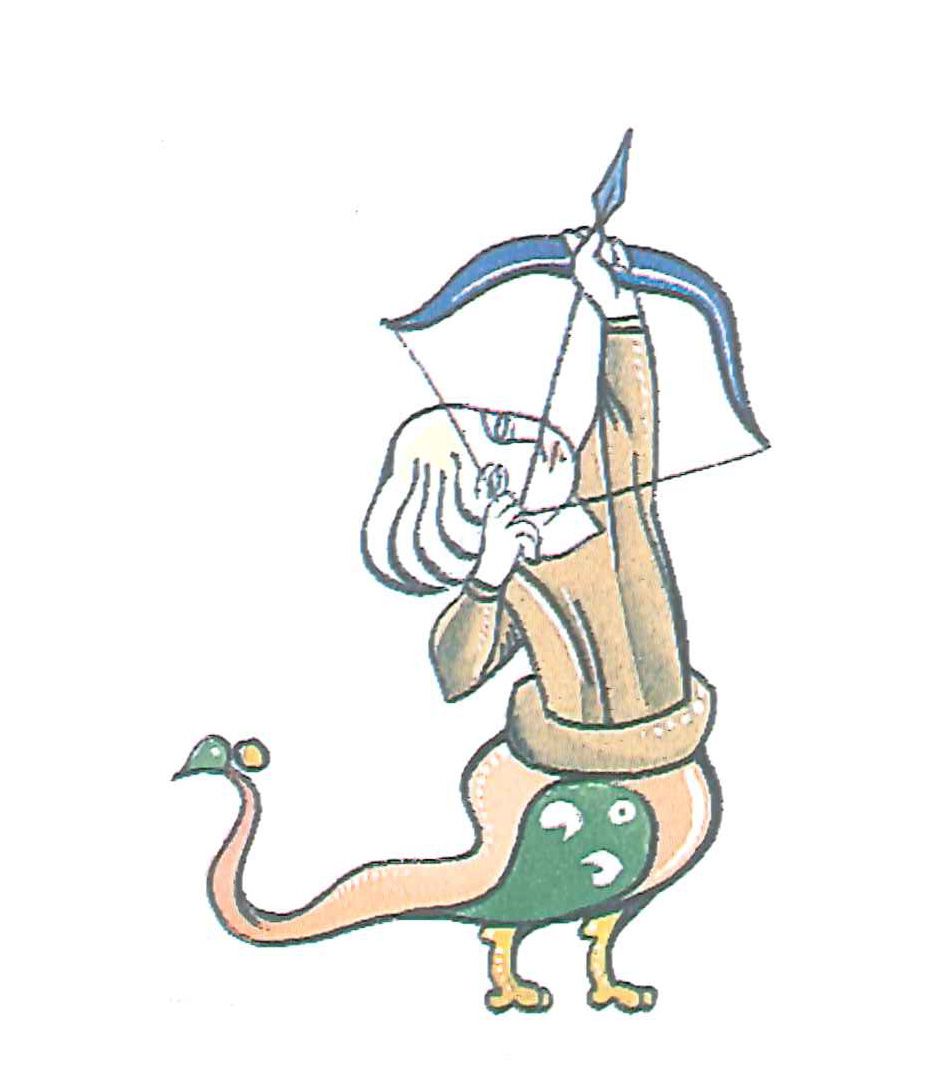
In 1130 he crossed the central Pyrenees to pacify a territory that owed him vassalage. The Almoravids took advantage of his absence to confront Gaston of Bearn and Bishop Esteban, his former tutor, who were killed in the fighting. Alfonso I had to return in haste and set about reinforcing his borders. He conquered Mequinenza and, in 1134, laid siege to the city of Fraga. In a surprise attack by troops from Valencia, the famous Battler, victor in a thousand battles, was seriously wounded and died shortly afterwards without an heir, as he had not remarried.
In his more than surprising will, he left his kingdom in inheritance to the military orders of the Hospital, the Holy Sepulchre and the Temple, which had arisen in the Holy Land during the first Crusade. He, who considered himself a warrior of God, had always had the desire to liberate the Holy Places from Muslim rule, although he did not have the opportunity to do so.
The nobles of Aragon refused to allow this will to prosper and negotiated with the military orders for his renunciation in exchange for land and financial compensation. They took Ramiro, Alfonso’s younger brother, out of the convent and gave him the crown. Pamplona became independent and Ramiro agreed to reign in Aragon, but only until he had an heir. So he married and when little Petronila was born, he returned to the convent. When Petronila was fourteen, she married the Count of Barcelona Ramón Berenguer IV. Their future son, Alfonso II, would inherit both domains, thus unifying the kingdom of Aragon and the county of Barcelona into the Crown of Aragon.
References
-
José María Lacarra (1978): Alfonso el Batallador: Zaragoza, Guara.
-
Juan F. Utrilla (1999): El nacimiento de Aragón. Zaragoza: CAI 100.
-
José Ángel Lema Pueyo (2008): Alfonso I el Batallador, rey de Aragón y Pamplona (1104-1134). Gijón: Trea.
Actividades didácticas
The kings of Aragon
Family tree of Alfonso I

The formation of the kingdom of Aragon is complex. Its starting point was the territorial distribution left in his will by the King of Pamplona, Sancho III El Mayor, among all his sons.
García received the kingdom of Pamplona. To Fernando he bequeathed the county of Castile, to Ramiro the county of Aragon and to the youngest, Gonzalo, the counties of Sobrarbe and Ribagorza.
In time, Ramiro managed to take over the territories of his brothers Gonzalo and García, and was crowned King of Aragon and Pamplona. After his death in Graus in his fight against the King of the Taifa of Saragossa, this title passed to his son Sancho Ramírez.
He was succeeded by Pedro I of Aragon, whose sons died at an early age, so that when he died he was succeeded by his brother Alfonso I.
In search of an heir
Read the following text and point out the causes of the alliance between Castile and Aragon through this marriage and its subsequent failure. Also answer the following questions: Did the two crowns finally unite, when did they do so, and who were the kings who achieved this?
Alfonso I came to the throne at the age of 31 and had no wife or offspring. But the dynasty had to ensure its continuity. For this reason, he agreed with several Castilian nobles to marry Queen Urraca, successor to the late Alfonso VI. She was the widow of Raymond of Burgundy, with whom she had had two children, Sancha and Alfonso. The alliance with Castile meant that the Battler had one less rival in his peninsular conquests against the Muslims. And, in the long term, the possible union of the two kingdoms in the hands of his heirs.
In the marriage chapters that Urraca and Alfonso I signed in December 1109, the Aragonese king ceded to his wife castles, strongholds and domains that belonged to him, along with the dependence and loyalty of the men to whom he had granted some “honour”. For her part, Urraca ceded to her husband all the land, populated or deserted, that had belonged to Alfonso VI, together with the loyalty of all those who held tenancies in his name. They agreed that if they had any children by marriage, the surviving spouse and then the child of both would inherit the whole of what belonged to both of them. And if there were no children of their own, Urraca’s child with Raymond of Burgundy would be the heir.
These capitulations created unease among some Castilian-Leonese nobles, who were suspicious of the Aragonese and wanted to put Urraca’s son on the throne without waiting for the arrival of new descendants.
During the years he was married to Urraca, Alfonso I adopted the title that his father-in-law had borne: “Emperor of Hispania” and was forced to fight in numerous clashes for control of the Castilian territories. Finally, under pressure and tired of a difficult and childless marriage, he repudiated his wife and Pope Paschal II granted an annulment in 1114.
The critique of customs
After some skirmishes and, above all, a siege that lasted until December 1118, Saragossa surrendered and the king was able to enter the Aljafería on the 18th and the city the following day.
Alfonso I agreed with the defeated Muslim notables that those who wished could leave with all their possessions, and that those who preferred to remain in the city would do so under royal protection. The latter could sell their property and keep the proceeds, but they had to leave the city to concentrate in a neighbourhood outside the city walls, where they would be allowed to keep their religion and customs.
Search Google Maps for the location of Calle de la Morería in Saragossa. Do you know where the word Azoque comes from? Do you know the name of the market in Islamic cities? Was this area of Saragossa inside or outside the medieval city walls?
Do you know until when there were Muslim communities living in Aragon? Do you know the name of any Aragonese town that refers to its primitive Muslim population?
With the great metropolis of Saragossa, an extensive territory fell, allowing the Christians to advance westwards and southwards, taking important cities such as Tudela, Tarazona, Borja, Épila, Calatayud, Alhama, Ariza and Daroca, as well as repopulating Soria.
The Almoravids gathered a large army to stop this advance, but were defeated in the famous Battle of Cutanda.
Find a map on the Internet showing the conquests of Alfonso I the Battler. Did the size of Aragon vary greatly before and after his reign? Is today’s Aragon much larger than the one King Alfonso left behind when he died?
The testament of Alfonso I
Alfonso I died in 1134. He was wounded while besieging the Huesca town of Fraga and died a few weeks later in the town of Poleñino, without being able to recover. His will was as follows:
For after my death I leave as my heir and successor the Sepulchre of the Lord which is in Jerusalem, and those who watch over its custody and serve God there; the Hospital of the Poor in Jerusalem; and the Temple of Solomon, with the knights who watch there for the defence of Christianity. To these three I grant my kingdom and lordship which I have over all the land of my kingdom, and the principality and jurisdiction which I have over all the men of my land, both clergy and laity, bishops, abbots, canons, monks, nobles, knights, knights, burghers, rustics, merchants, men, women, small, great, rich and poor, Jews and Saracens, with the same laws and customs which my father, my brother and myself have had until now and must have. I also add to the militia of the Temple my horse and all my weapons and, if God gives me Tortosa, the whole of it shall belong to the Hospital of Jerusalem.
Read the will of Alfonso I and say what strikes you most. As you can see, with no descendants, he left the kingdom in the hands of the religious orders of the Hospital of St. John of Jerusalem, the Holy Sepulchre and the Temple. Look up information on the internet about these military orders and indicate when they arose, who created them and how long they survived.
Also explain how the succession problem was finally resolved in the kingdom of Aragon after the death of Alfonso I.
Illustrious, erudite and enlightened Aragonese
Download from this link the PDF of the publication

DIRECCIÓN GENERAL DE POLÍTICA LINGÜÍSTICA
Departamento de Educación, Cultura y Deporte
Parque Empresarial Dinamiza (Recinto Expo)
Avenida de Ranillas, 5D - 2ª planta
50018 Zaragoza
Tfno: 976 71 54 65
Colabora:


